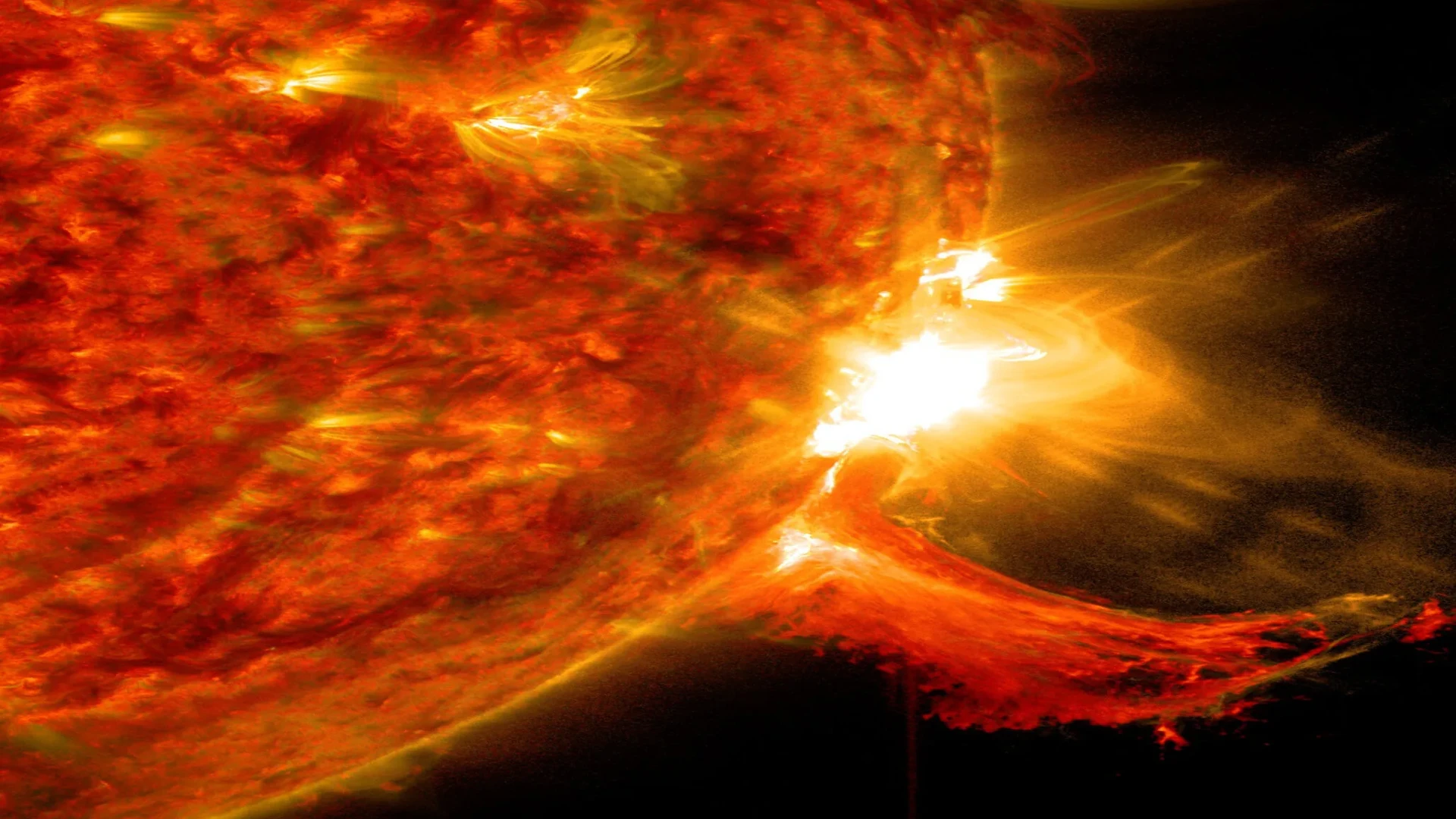Scientists at NASA have discovered a theory that could explain how eruptions on the Sun occur and help predict geomagnetic storms and solar activity that can affect Earth. An explosive activity known as magnetic reconnection causes solar flares, that can discharge sufficient energy to power the entire world for 20,000 years in just minutes.
Plasmas all through universe perform magnetic reconnection, which quickly transform magnetic energy into heat and acceleration, from flares on the Sun to near-Earth space. Although there are many different types of magnetic reconnection, one particularly perplexing variant is fast reconnection, that takes place at a predictable rate.
The latest study, which was released in the journal Nature Communications Physics, described how fast reconnection takes place particularly in collision less plasmas. Collision less plasmas refers to a type of plasma in which the particles are sufficiently separated so that they are not in contact with each other.
The team demonstrated the theory using a familiar magnetic effect known as the Hall effect – a popular magnetic phenomenon used in today’s technology, such as vehicle wheel speed. Charged particles in a plasma, specifically ions and electrons, remain stationary as a team during quick magnetic reconnection.
“Ultimately, if we can recognise how magnetic reconnection works, we will be able to anticipate events that may affect us on Earth.” Giles stated.
